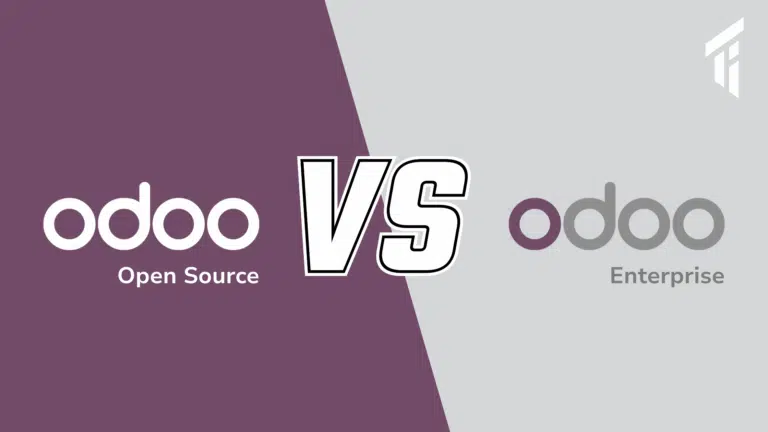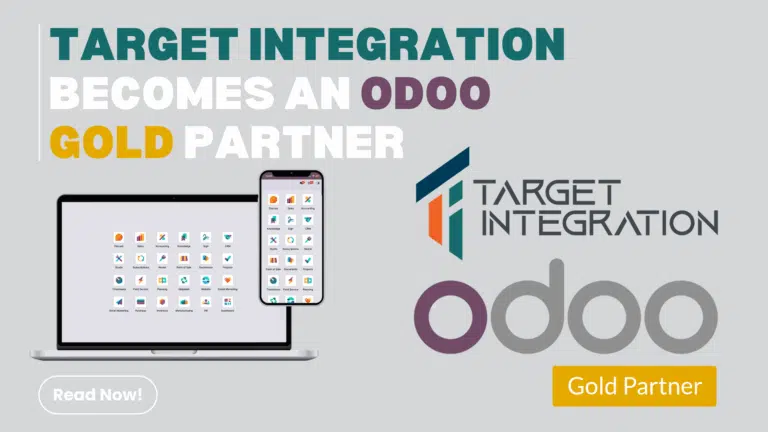No business is an island. The business relationships forged by your organisation with clients, stakeholders, suppliers and authorities define how you do business and how you fine-tune your operations to meet the ever-evolving needs of the marketplace. This is true of the tools you use, too, from factory machines on the shop floor to the vehicles hired to deliver the goods you produce and sell.
In an ever-digitising world, the software your business leverages for its operations is among the most important of those tools. Finding the right software to meet your business’ needs and streamline the interplay between your people and the processes they employ to drive your daily operations is as crucial as knowing what drill bit sizes to equip on your machinery. An article of ours from ten years ago details how you can best approach the question of software selection.
But even if you’ve decided on what software to use – how do you know you have the right vendor to implement it for you?
Critically examining the partners you choose to supply you with crucial goods and services is every bit as important as finely-tuning your own business for optimal performance and productivity. You hold your team and your output to a certain standard; why should you not do the same with your suppliers?
Long-term cost overruns; delayed or substandard delivery of must-have support; or subpar merchandise are all the hallmarks of a partner selection process that failed to undergo the proper due diligence. This can have a profound knock-on effect on your business. Knowing what to look for in a successful business relationship will help you identify common pitfalls, and know how best to avoid them.
Don’t Focus Solely on Cost
In an uncertain business environment, it can be tempting to look for cost savings wherever they are to be found. This can ultimately lead to prioritising low-cost alternatives over more expensive suppliers on the market. Needs must, but provided your business has the budget to consider your options, it’s well worth doing so.
Low-cost suppliers may cover their own costs through a lack of long-term investment in their own operations, making them unreliable at getting support to you on time, or meeting your needs in a pinch.
Some may even make ends meet by cutting corners in ways that compromise product quality, passing on the burden of poor quality installations or even the hidden costs associated with those installations to their clients.
Hidden costs, too, may play a role, manifesting in “stealth” costs like higher consultancy fees or charging extra for after-sale support packages. Anything that doesn’t come as standard in order to keep the initial costs of orders low could reappear later in the sales pipeline, with a much-inflated cost due to its being sold separately.
All of these are reasons, while being mindful of the bottom line, to judge a potential supplier not simply by the prices they offer, but by other, less immediately tangible considerations. Some of those, we outline below as a guide to help get you started.
Consider a Vendor’s Capacity & Capabilities
The smooth operating of your business relies above all else on consistency. Consistency from team members and the effort they put in; consistency from clients honouring their invoices on time; and consistency from the external support team who were responsible for implementing the software solutions you now rely on every day.
70% of digital transformation projects end in failure. This staggering statistic accounts for an eye-watering monetary value in blown project budgets and labour hours, to say nothing of the opportunity cost from time sunk into what was ultimately a failed project. It is imperative that the vendor you invest in can deliver the promises they make about your software implementation in full, and on time.
And as mentioned, this extends to the post-implementation phase of your relationship, too. Even in a perfect digital transformation project you are liable to discover a functionality gap between the software you’re using and the processes it’s designed to empower, especially as processes tend to change and evolve over time. That’s to say nothing, also, of the potential for error and bugs to creep in while using a piece of software, that requires the outside assistance of the vendor to overcome. This is where a post-sales support package is vital to the smooth operating of your new software system. If that vendor lacks the capacity and resources to ensure timely and effective support for your operations, it’s ultimately your business that will suffer.
Establish Clear Expectations
A business relationship is just that: a relationship.
The healthiest and longest-lasting relationships are founded on a bedrock of clear and honest communication, where both partners are forthright about their needs, and their expectations for that relationship.
There’s no reason why this shouldn’t be the case in business, also.
Entering any business relationship with a clear-sighted view of what you want out of it and communicating that with new prospective stakeholders will ensure the relationship starts on the right footing. Ideally, it also gives both parties an opportunity to identify any shortfalls between expectation and capacity, as discussed in our previous section, and allow the conversation to be terminated if one cannot meet the other.
Lay out what you need from the relationship in terms of the implementation timeline and level of support post-launch, but be mindful also of more mundane details, like what hours and on what days a representative from the vendor’s company should be available to you. If your business operates over weekends and bank holidays, or at unsocial hours, like a restaurant might, but your vendors shut up shop entirely on those days, you may find yourself in trouble if something goes wrong outside of regular office hours.
Vendor Risk
Uncertainty is an ever more insistent fact of life in the current climate. The world economy has wobbled on tenterhooks since the COVID-19 pandemic, while a fractious global climate has made cross-border trade less certain than even a decade ago.
When weighing the pros and cons of vendors, therefore, it pays to be mindful of the regional climate in which they operate. A retrenchment of global trade institutions and the outbreak of war in regions across the globe have fractured some supply chains previously taken for granted, imposing mammoth costs on businesses and governments unprepared for sudden and dramatic shifts in the wind.
Taking an analytical approach to political and geopolitical headwinds in regions in which your vendors operate will help you future-proof your investment against sudden unexpected shocks. Nobody can predict the future, but by being aware of trends and movements in global politics you can ensure that you’re making the best possible educated guess as to the risk factor involved in forging new business commitments.
Longevity
That risk factor ties into the longevity of your vendors as well. Ask yourself; will this company be around in ten years?
A software upgrade can be an expensive and involved process. Having access to support throughout the foreseeable future vouchsafes the success of your investment and your own peace of mind.
This doesn’t just apply to black and white success or failure of your vendor, either. If your implementation partner is indeed still around in ten years’ time, where will they be? Will they increase their capacity and capabilities to match your own business’ needs as it continues to grow and expand in that same time period? A boutique implementation setup may be cost-effective and perfectly tailored to a small business, but if that business grows and their vendor can’t keep pace with their ever-evolving needs, then the business relationship will be strained.
These aren’t easy questions to answer, but they are nonetheless useful to keep in mind as you gauge prospective new partners.



